What does it feel like to be airbrushed?
- Published
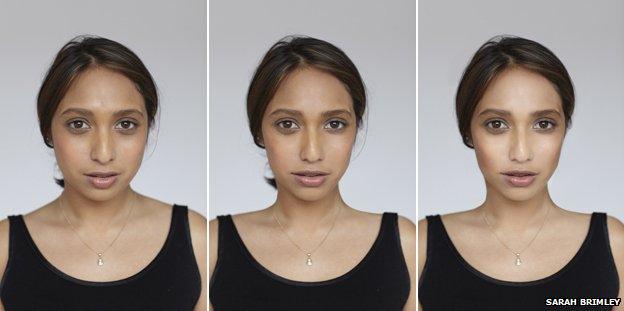
Campaigners are calling for restrictions on the way magazines airbrush photos. Seeing your face and body transformed is an unnerving experience.
My guilty pleasure is fashion and gossip magazines. I will check out those unflattering bikini shots of celebrities and be amazed at how their "fat-busting diet" did such a great job on their abs in just six weeks. Or swoon over the flawless skin of that A-lister advertising the latest £10,000 handbag in just her pants and wonder, "Why doesn't my skin/hair/teeth look like that?"
It's no secret that advertisers and magazines use airbrushing to give their images an aspirational sheen. It's been happening for years.
In 2008 it was reported, external that magazines could soon be banned from using airbrushed photographs of celebrities, such was the anxiety over teenage eating disorders.
It didn't happen.
Women and equalities minister Jo Swinson says that manipulating people's bodies in photographs is "one of the most pernicious types of retouching". But she's against a ban.
It would be hard to police. The responsibility is on people taking photographs and creating the images afterwards to "think about the audience their image is going to and what is appropriate", she says.
Normally the debate is cast in terms of teenage girls and whether they are being sold a false reality.
But what does it actually feel like to be airbrushed? I decided to find out.
I wasn't brave enough to be photographed with no make-up so I had a base layer of foundation and powder as well as minimal eye make-up and some blusher and lip-gloss.
Photoshoots are a weird experience.
"Look to the side... put your hands on your hips... smile... don't smile... don't smile so widely," I'm told.
Photographer Sarah Brimley helps me relax to try to get my best "natural" picture. She has worked with some of the biggest models in fashion as well as a number of celebrities.
It's standard to retouch photos for small things like skin, fixing stray hairs, she says. "Digital cameras are so sharp that retouching is even more necessary because you can see every little blemish on the skin. In film you never used to see that."
Extreme airbrushing is rare, she believes.
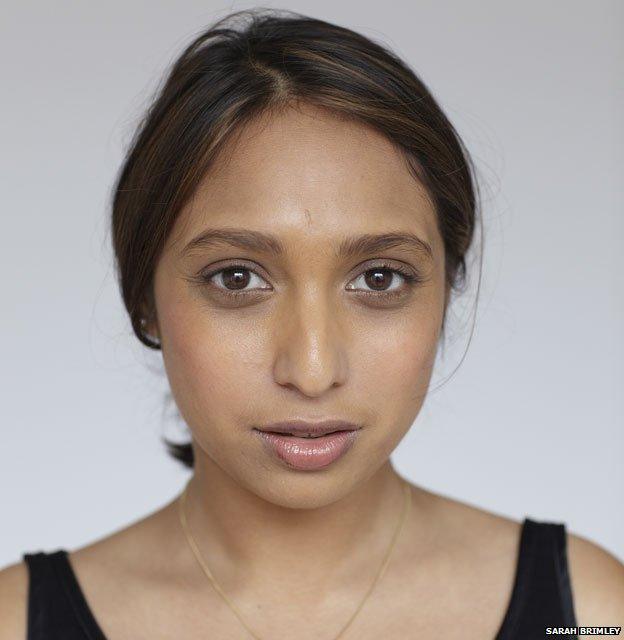

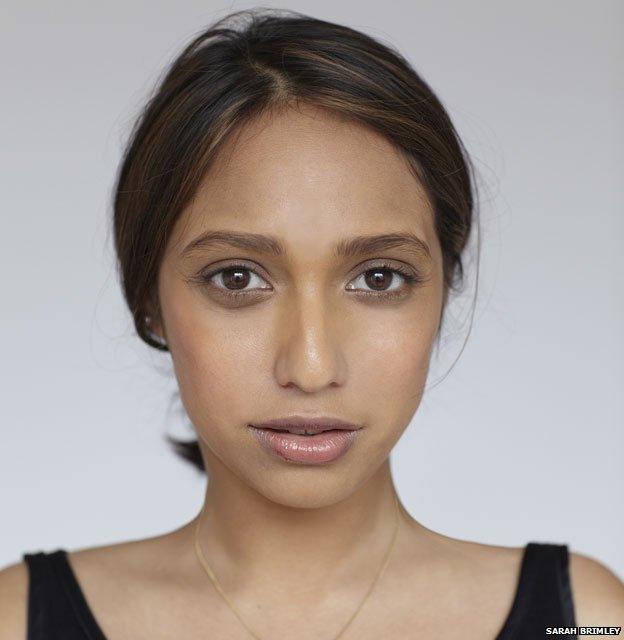
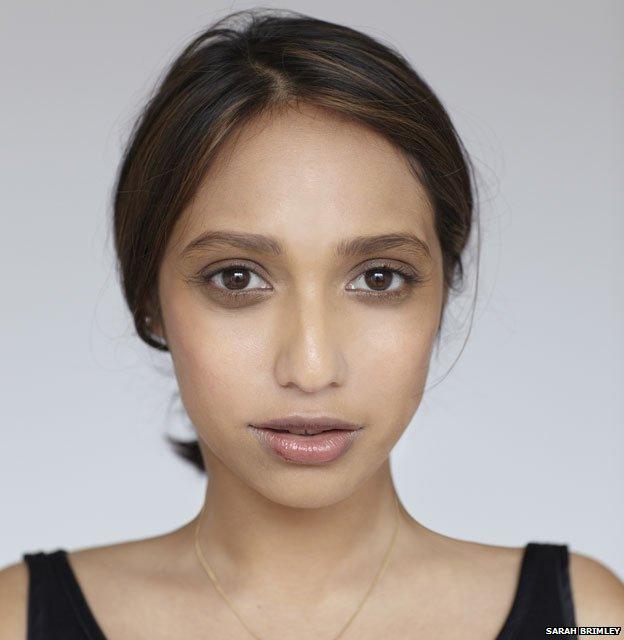
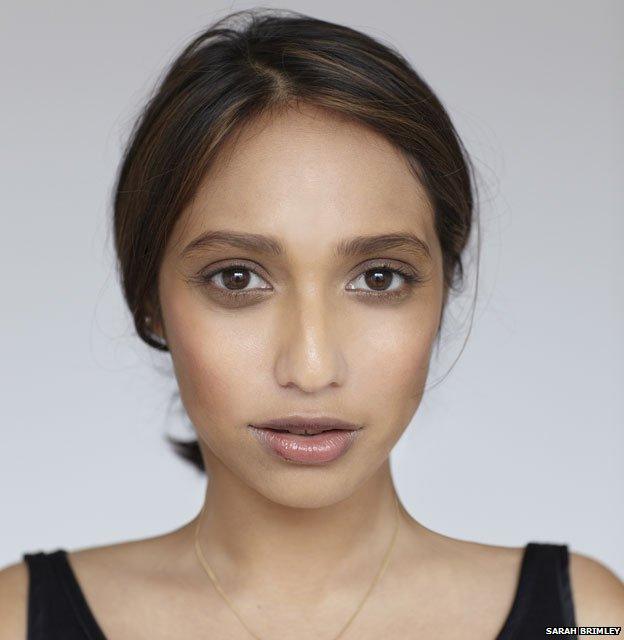
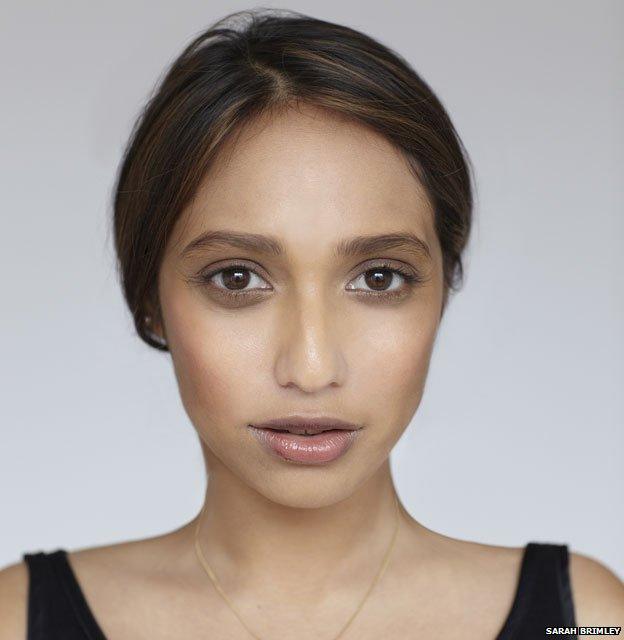
The exception is celebrities. "They'll say can you make my nose different-shaped or make me slimmer. It happens with almost every celebrity we photograph." The most common request is to make the waist "go in a bit" or make the legs longer, she says.
Insiders know all this. "But the general public who don't understand the industry, they think these people look like that and they don't," Brimley says.
She did a lovely job with my photos and I thought the untouched images were actually quite flattering.
Then it was time for the post-production.
It was a brutal experience.
Like most fashion photographers, Brimley does post-production on all the pictures she takes, but never to extremes. But I wanted to see what was possible so I asked her to do a more extreme job than she would ever normally do.
She took around 10 years and three stone off me. All in less than an hour.
Every blemish vanished from my skin, as did the scar on my forehead. She whitened my face, lengthened my neck, changed the shape of my nose, widened my eyes, elongated my legs, sliced off parts of my arms and thighs and narrowed my hips.
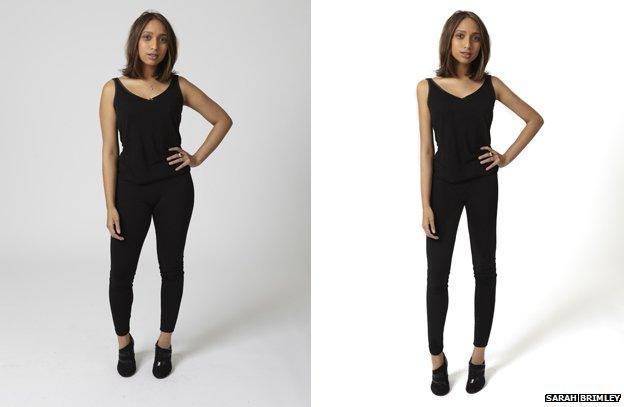
Before and after
Suddenly the original images that I was quite happy with at the start, looked old, tired and a bit chubby.
Georgina Wilkin, 23, a former model who developed an eating disorder because of the pressures of the job, recognises the phenomenon.
"I've had a few times where I've worked for a magazine and the magazine's come out and I hardly even recognise myself. My legs have been skimmed off, my pores have been eliminated, my nose has been straightened. "
The result can be humiliating. "I felt awful - you feel that what you are as a human being isn't good enough."
"I could change your race if I wanted to." The effect of extreme airbrushing
Magazines are not shackled by rules. In 2003 there was controversy after GQ editor Dylan Jones admitted airbrushing a cover image of Kate Winslet, external, who spoke in the interview about the attractions of curvier women.
In contrast, adverts are covered by regulations.
The Advertising Standards Authority says there's nothing inherently wrong with retouching images. Only 63 of its 30,000 complaints last year related to post-production.
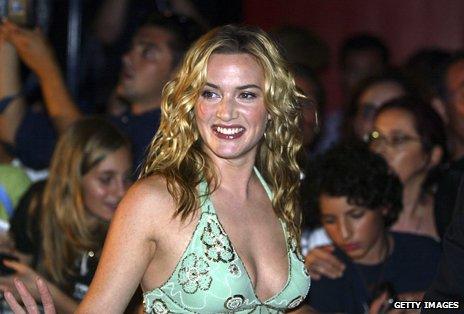
Kate Winslet's image was digitally altered by GQ
But airbrushing must be done responsibly, says Vena Raffle, the agency's head of investigations. "We step in where we think the techniques lead the ad to be misleading, harmful or offensive, or where it's socially irresponsible."
That last definition is hard to pin down. Is it socially irresponsible to make an actress's legs longer and arms skinnier in a photo?
And what about giving extremely skinny women bigger breasts and hips? In 2010 the former editor of Cosmopolitan admitted to airbrushing anorexic models, external to make them look healthier.
Airbrushing is creating impossible expectations, Wilkin argues. "Models in magazines and mannequins in shops - that body is not achievable. It seems like it's moving further and further away from reality."
Eating disorder charity Beat is calling for a ban on airbrushing that changes the shape of the body. Susan Ringwood, its chief executive, says people have become so used to this alternative norm that they no longer notice. "Because it's everywhere we've lost some of our critical faculties in understanding this is no longer real."
There's an alternative view - that this is just an inevitable part of technological change. "In the old days it was lots of make-up, very careful selection of models and good lighting and countless takes with cameramen and lighting engineers, who made sure the absolutely perfect take was got," says Ian Twinn of the Incorporated Society of British Advertisers. "Now it can be done more quickly, people can manipulate and change, airbrush and digitally enhance the image afterwards."
Consumers are not stupid, he says. They know and want to buy into a dream, he argues. The same could be said for magazine readers or TV viewers.
It's not clear what effect this is having on today's teenagers.
Jemma, a 14 year-old schoolgirl who wants to be a model or actor, uses post-production techniques herself.
She edits the selfies that she puts on social media. "Sometimes I like how I look naturally but you have to take loads of pictures to get the right one. Most of the pictures I put on Instagram or Facebook will be edited. I'll lighten them, hide spots, things like that."
Do you retouch your selfies?
Even though she is aware of airbrushing techniques, Jemma says it is something she forgets about while flicking through a glossy magazine. "Because I'm not thinking about it, you just think they're really skinny and that must be real."
Looking again at my airbrushed images, there's something else I lost - any sign of a personality. I look like a clone, almost inhuman. My head is too big for my skinny body, the portrait picture doesn't seem to look like me at all.
The models used in these magazines are of course naturally stunning and won't need anywhere near the work I had, but it's simultaneously comforting and frightening how much they can change a person.
So next time I see that flawless face or those impossibly long legs and think, "Why don't I look like that?", I'll remind myself, that with a bit of help from Photoshop, I actually can.
Having seen the result, it's not a look I'll be revisiting any time soon.
Follow @BBCNewsMagazine, external on Twitter and on Facebook, external
Have you airbrushed yourself?